About 2015 Silver Needle Pu-erh Ripe Loose Leaf Tea
This special pu-erh tea is using well-selected tea leaves from the big arbor-form pu-erh tea tree, which normally can only produce about 150 kilograms out of a ton of fresh tea leaves, The tea was produced by the very famous Yunnan Menghai Tea Factory in 2015.






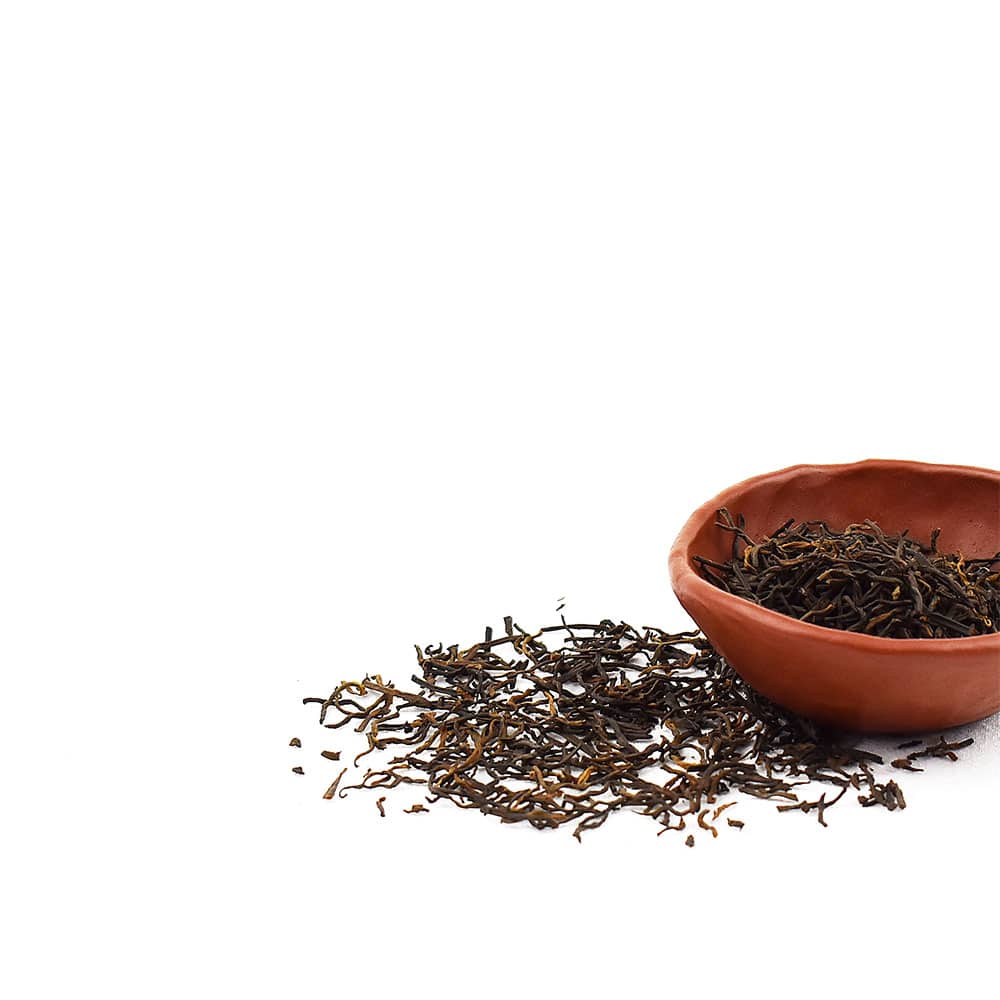
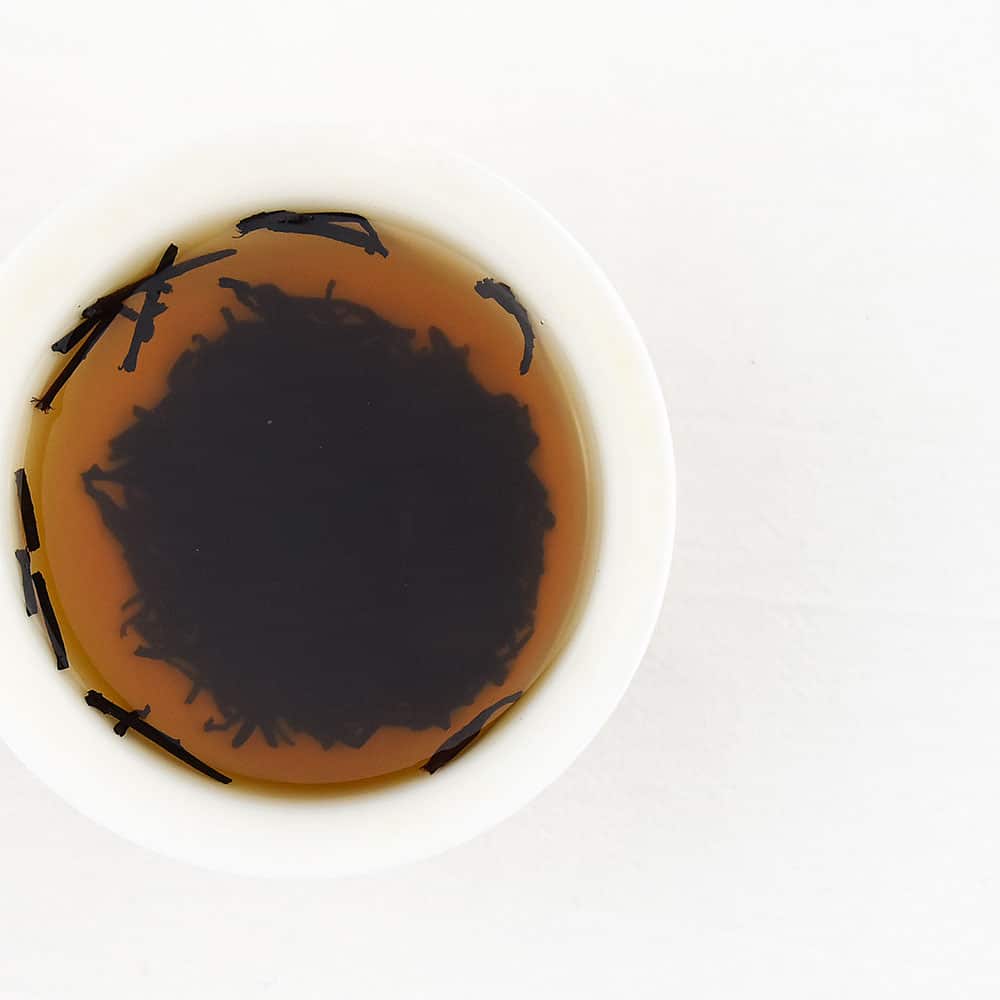
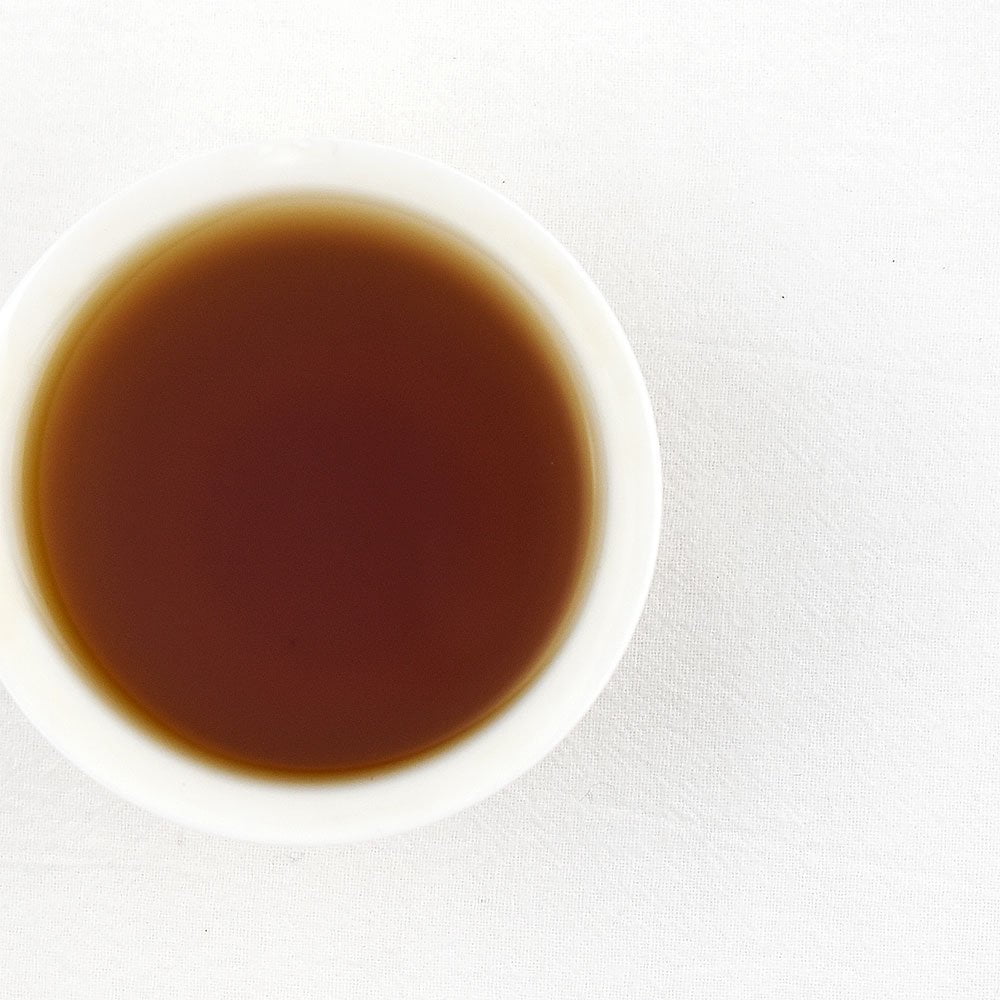
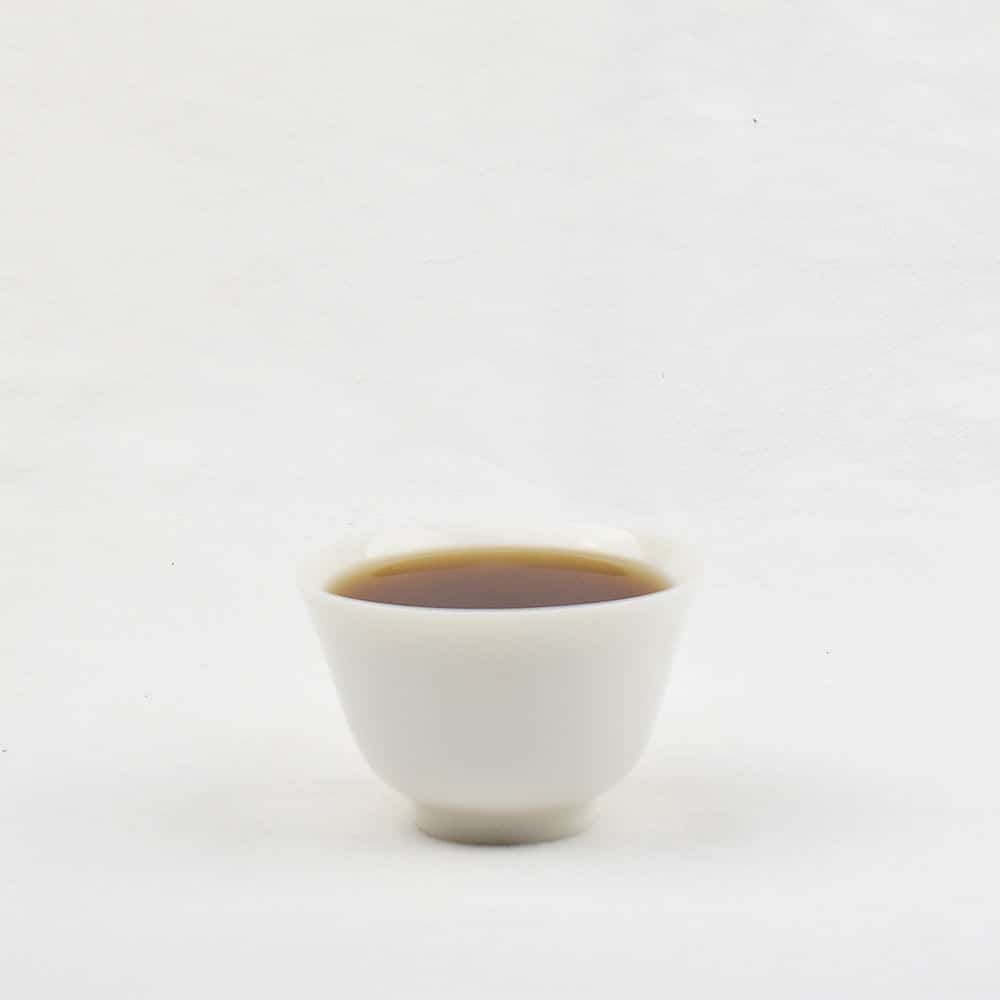
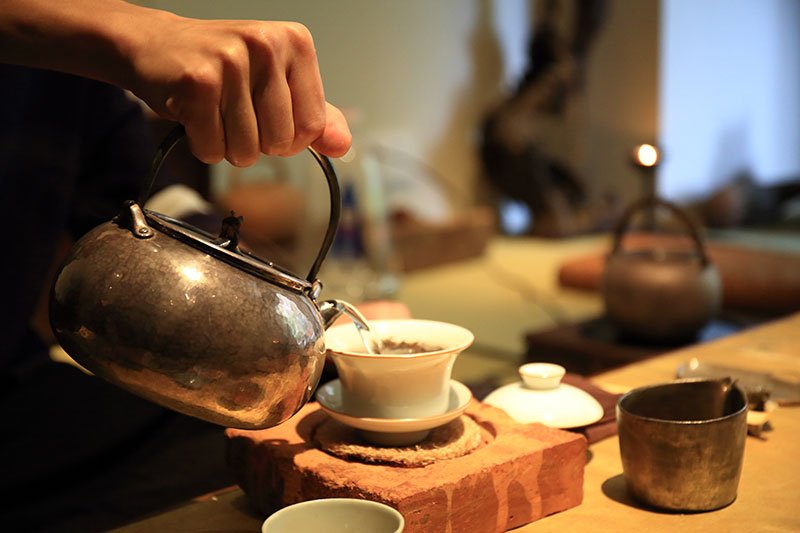
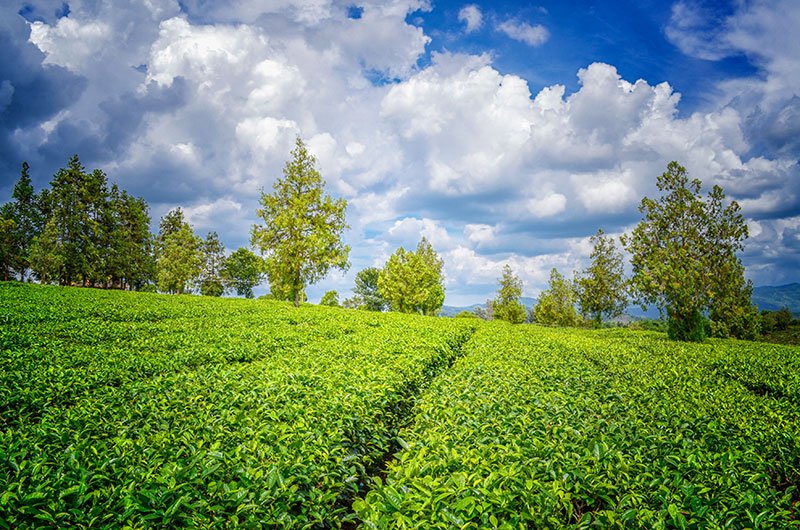
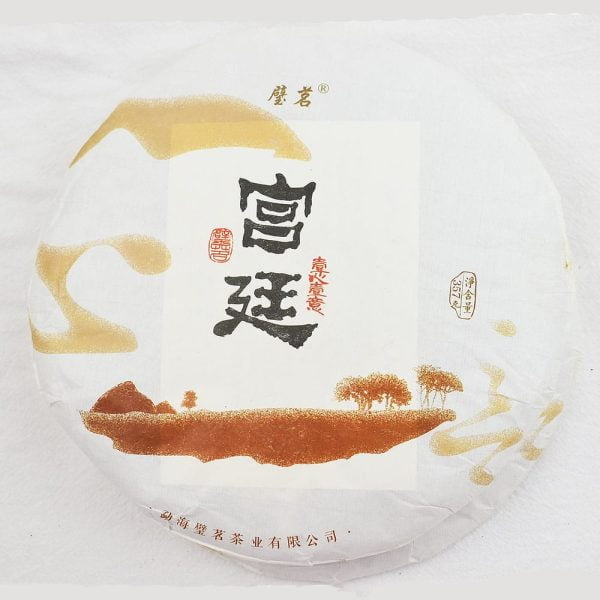
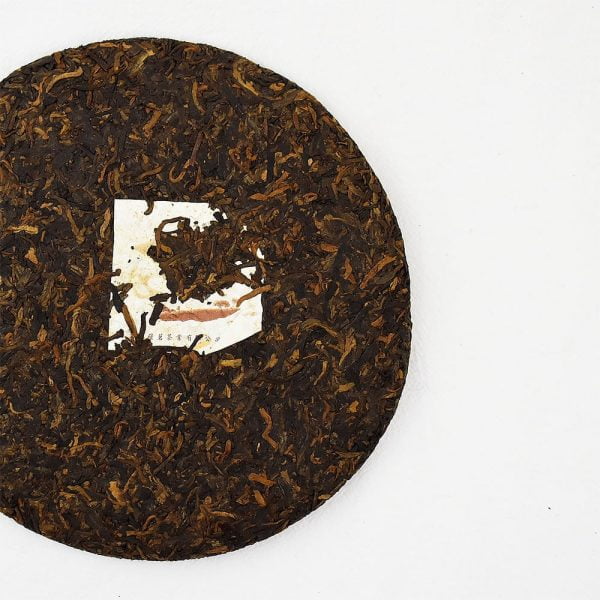
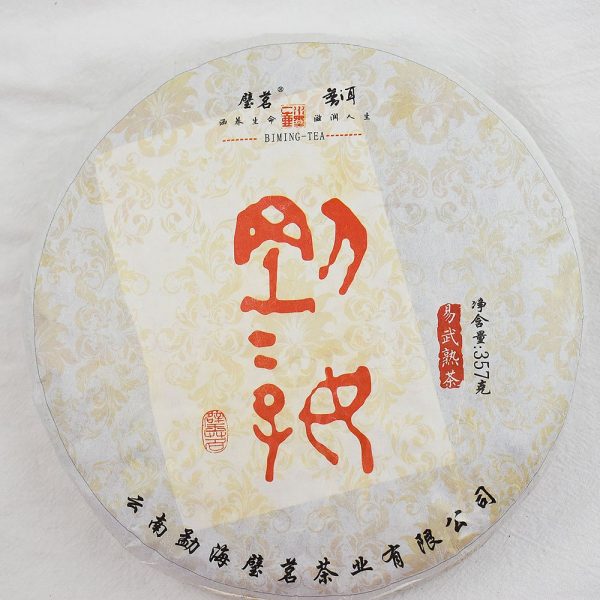
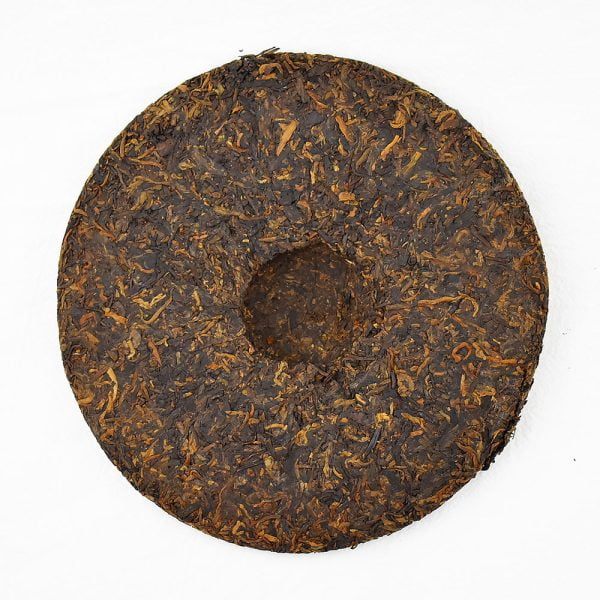
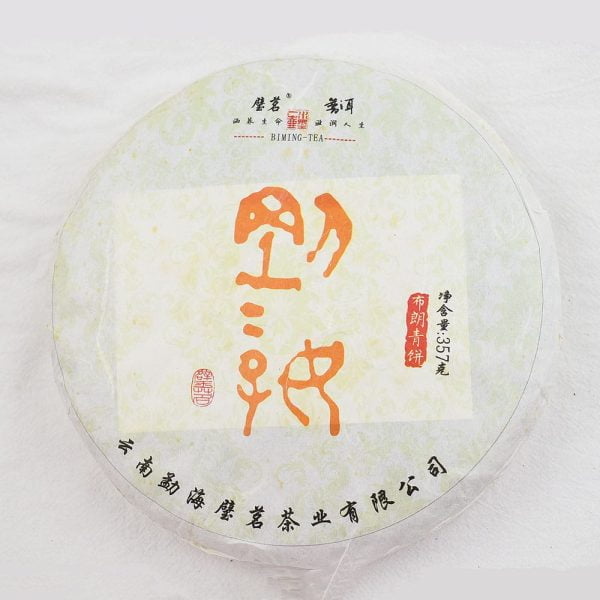
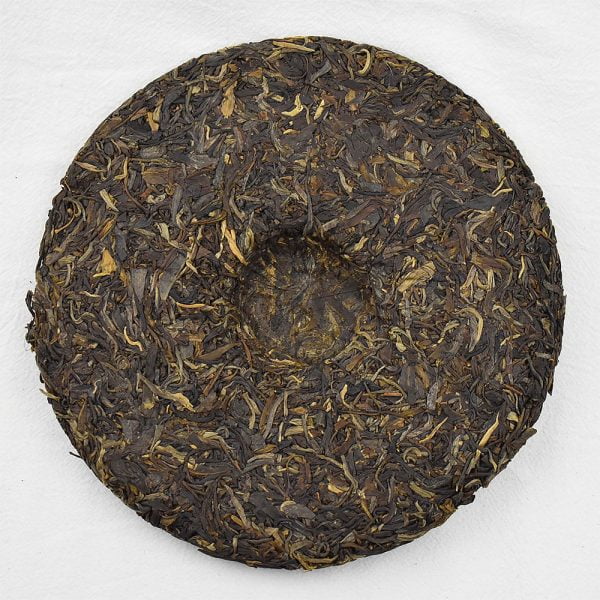
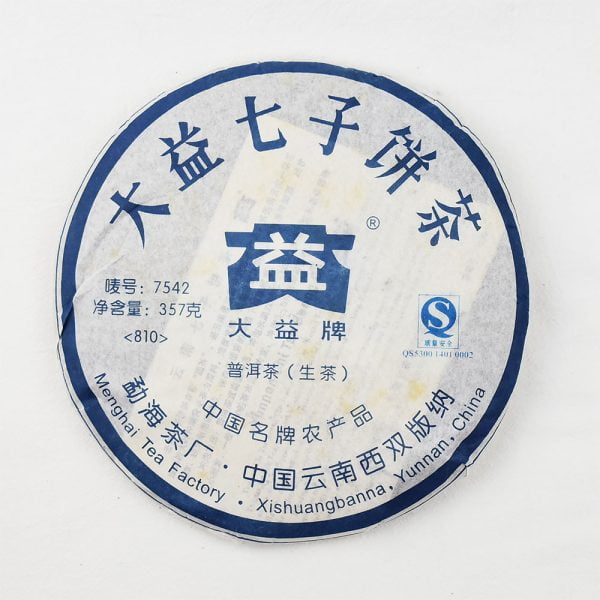
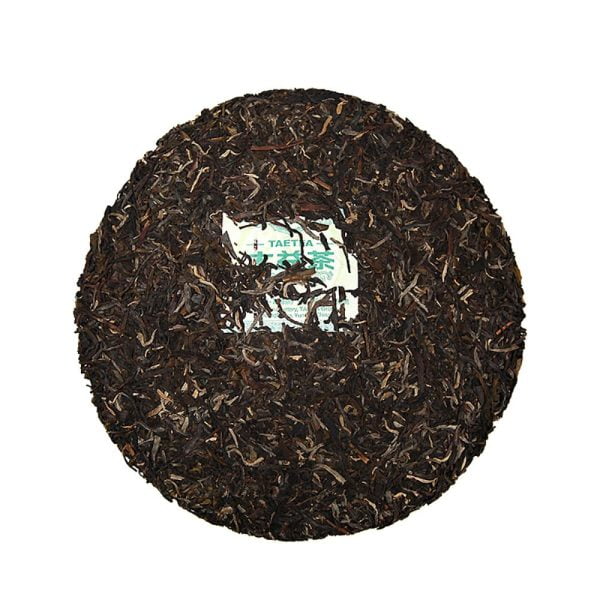
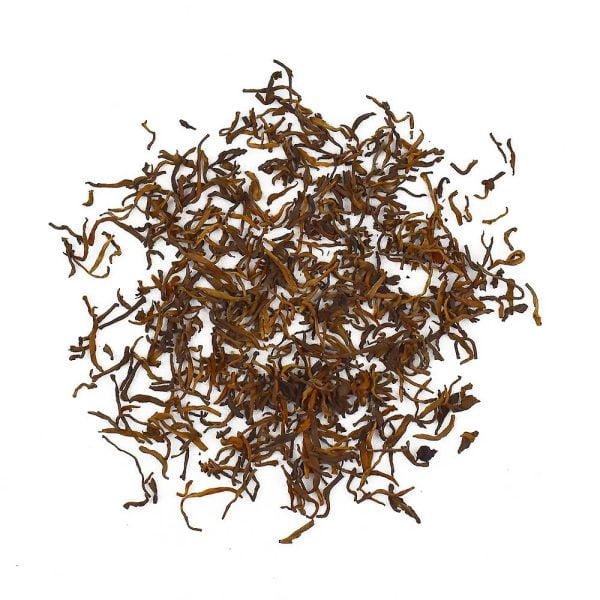
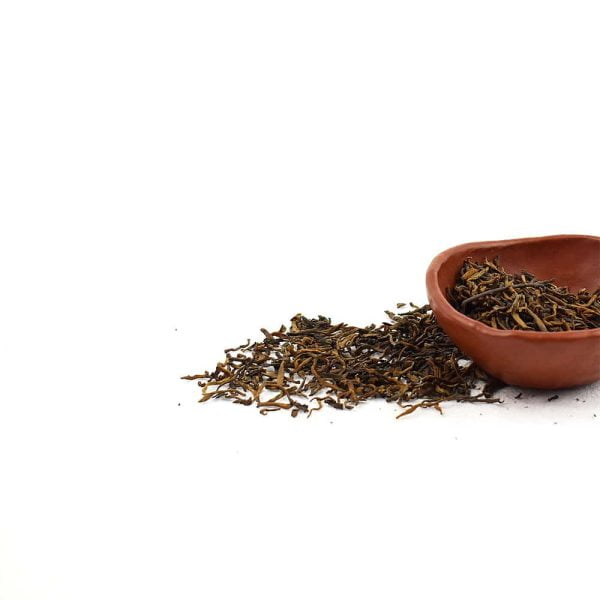
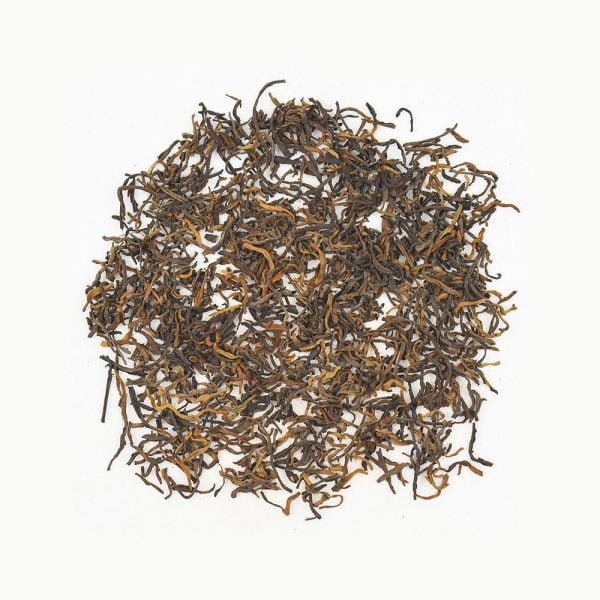
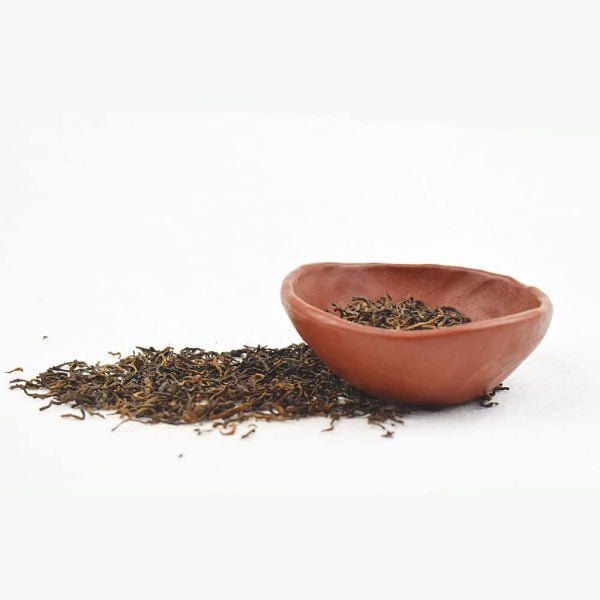
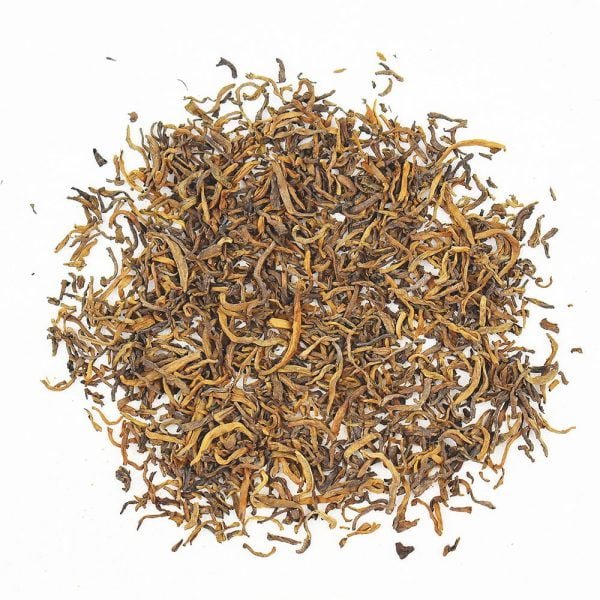

Anna –
This is a strong tea with distinctive notes of wood and smoke.
Amelie –
It reminds me of freshly chopped wood. Do you know the smell of getting the open fire ready in winter? Strong earthy taste, so maybe not one for novices, but if you like this style, it won’t disappoint.
Ryan W –
I found this tea to be fairly strong on the ‘funk’, although the earthy and woody flavors were pleasant. Perhaps not my personal favorite, but a distinctive and interesting tea all the same.
Natasha –
I have been drinking this tea for a few weeks now after meal times and have grown to really like its slightly woody aftertaste.
Declan C. –
Low in caffeine, this tea is gentle, earthy and calming (the fuzzy skin is a bonus!)
Emily T. –
What a unique tea! Instantly relaxing. Will definitely buy again.